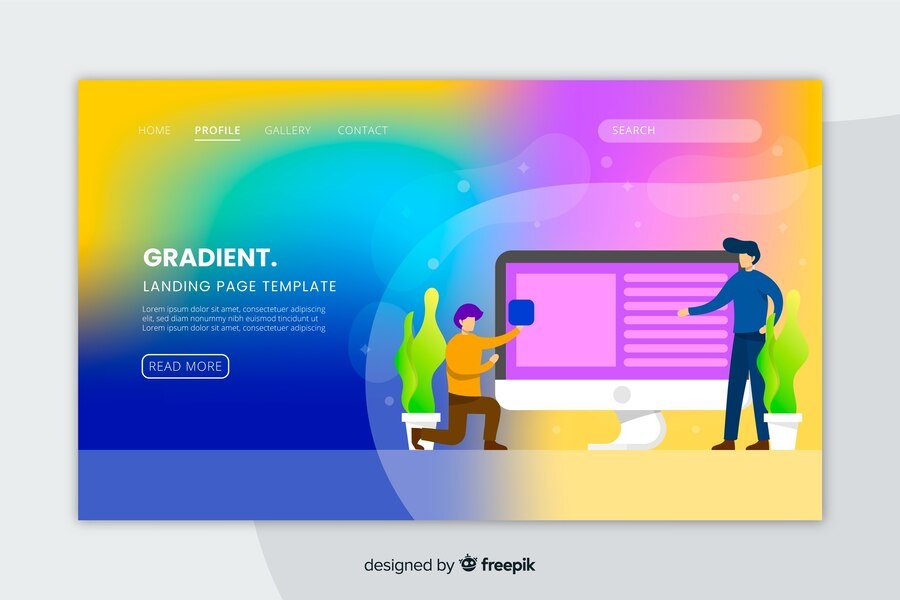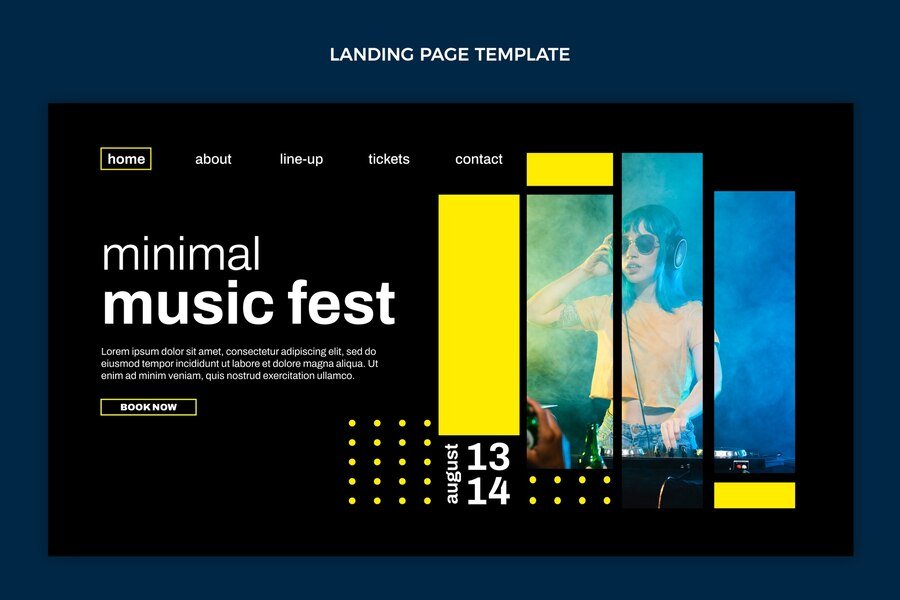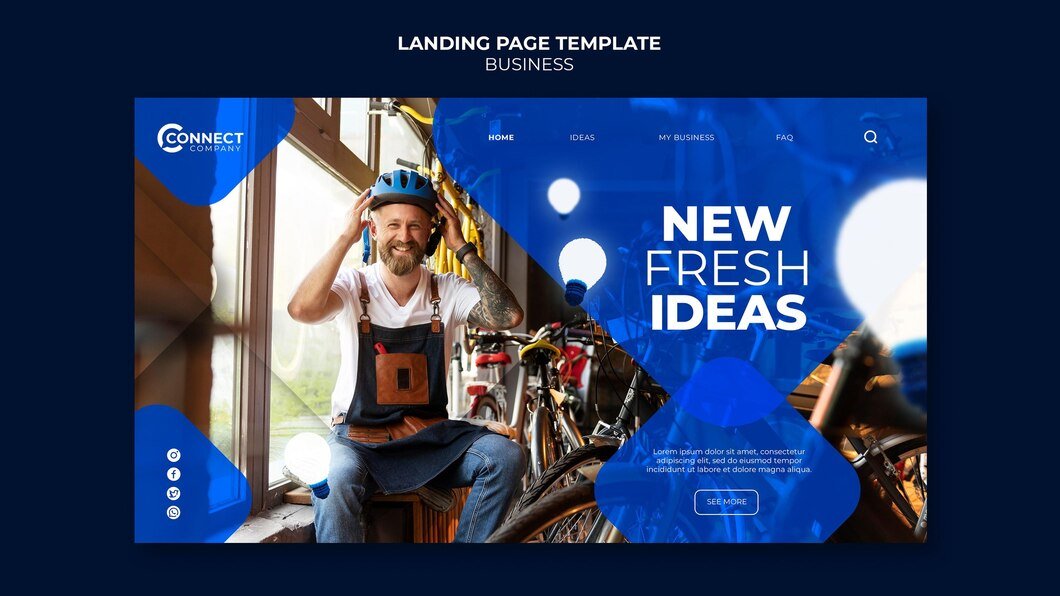In the realm of visual storytelling, whiteboard animation stands out as a powerful tool that captivates audiences and engages their cognitive faculties. This innovative approach combines simplicity with effectiveness, leveraging psychological principles to leave a lasting impact on viewers.
Understanding Cognitive Engagement
At its core, whiteboard animation taps into cognitive engagement through several key mechanisms. Firstly, the use of sequential images and narrative progression stimulates the brain’s visual processing centers. By presenting information in a step-by-step manner, it facilitates better comprehension and retention.
Visual and Auditory Synchronization
The synchronized combination of visuals and narration enhances information retention by engaging both visual and auditory channels simultaneously. This dual stimulation not only reinforces learning but also accommodates diverse learning preferences, making content accessible to a wider audience.
Leveraging the Zeigarnik Effect
Whiteboard animation also capitalizes on the Zeigarnik effect, a psychological phenomenon where incomplete tasks are better remembered than completed ones. By gradually revealing information and maintaining suspense, it encourages viewers to stay engaged until the conclusion, thus enhancing message retention.
Simplification and Clarity
One of the most compelling aspects of whiteboard animation is its ability to simplify complex concepts. By distilling information into clear, digestible segments, it reduces cognitive load and facilitates understanding. This approach is particularly effective in educational contexts and when communicating intricate ideas to diverse audiences.
Emotional Engagement through Storytelling
Effective whiteboard animations often incorporate storytelling elements, which appeal to emotions and create a memorable connection with viewers. By weaving narratives that resonate on a personal level, these animations evoke empathy, curiosity, or inspiration, thereby reinforcing the message on an emotional level.
The Role of Novelty and Surprise
Novelty and surprise play crucial roles in capturing and maintaining attention. Whiteboard animations utilize creative visuals, unexpected transitions, and engaging storytelling techniques to introduce novelty into the viewing experience. This element of surprise not only sustains interest but also enhances the overall memorability of the content.
Practical Applications Across Industries
The versatility of whiteboard animation extends across various industries and purposes. From educational videos that simplify complex subjects for students to corporate presentations that convey company values and strategies, its adaptability makes it a preferred choice for communicators aiming to deliver impactful messages.
Future Trends and Innovations
Looking ahead, advancements in technology continue to expand the possibilities of whiteboard animation. Interactive elements, personalized narratives, and integration with virtual reality are shaping the future landscape of visual communication. These innovations promise to further enhance engagement and interactivity, offering new avenues for creative expression and audience connection.
Conclusion
In conclusion, whiteboard animation transcends its visual simplicity to engage the brain in profound ways. By leveraging cognitive psychology principles, simplifying complex information, and evoking emotional responses through storytelling, it has emerged as a formidable tool in modern communication. As technology evolves and creativity flourishes, its potential to captivate, educate, and inspire audiences remains unparalleled in the digital age. Embrace the psychology behind whiteboard animation to harness its full potential and elevate your message to new heights of impact and engagement.
This exploration of the psychology of whiteboard animation underscores its effectiveness in engaging the brain and leaving a lasting impression on viewers, making it a cornerstone of contemporary visual communication strategies.













